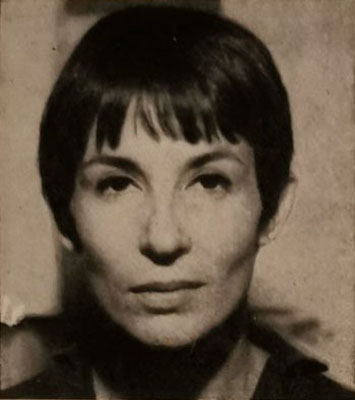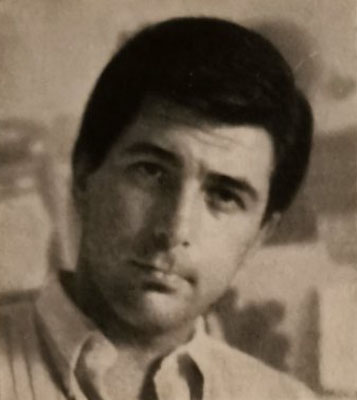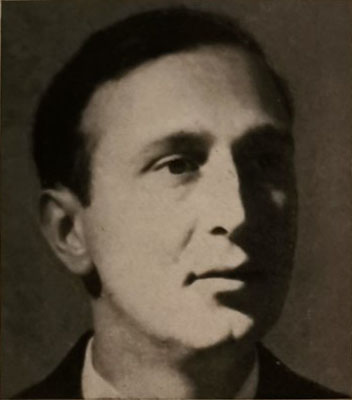GROUP ILLUMINATION
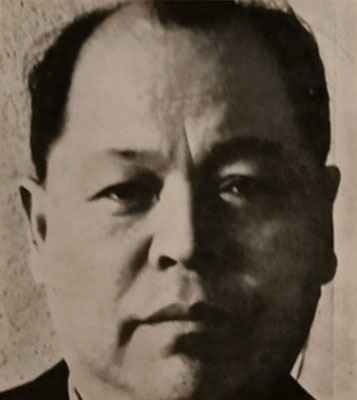
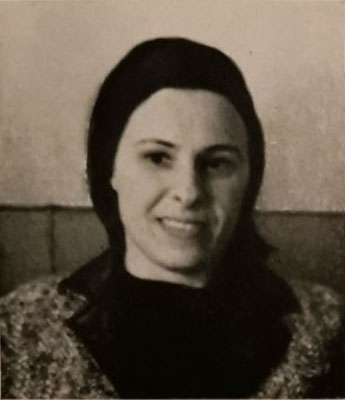
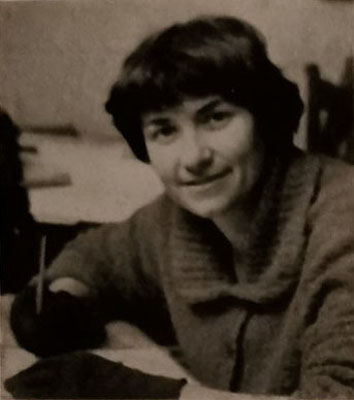
Gian Pacher
The Illumination Group
Nobuya Abe, one of the most influential artist from Japan, has created a new and modern set of trends: Illumination. Alongside Abe, who has laid down the ideological and cultural premises of the group, dictating its programmatic manifesto, five other painters gathered. They are the American Marcia Hafif, Yugoslavs Milena Cubrakovic and Mira Brtka, as well as Paolo Patelli and our Aldo Schmid. The meeting of these six artists, although they belong to different nationalities and cultural backgrounds (this exibition, and for a few days a set up at the Argentario [Gallery, Trento]) has its own precise meaning, where there is evident common denominator of research and, above all, the volution of operationg within a speech of color-form, which unites them. It is interesting, in fact, to note immediately now the exhibition of the Illumination group goes beyond representing a trend. It gathers and has translated into concrete will to act a disfused emotion, a living mood, a moral and human condition long directed towards the affirmation that color and light together constitute the opportunity, pure and coherent to re-establish and repropriate a new cultural civilization of man. Illumination, Larousse says, which Abe wanted to quote with a taste and a spirit as sharp as it is subtly oriental, means the action of illuminating: an action, it is affirmed, translatable also in his figurative conception, that is, penetration and punctuation of consciousness.
The term „Illumination“ also, which Abe wanted to indicated as the label for the group, existed already thirty years ago in Japan and as the Japanese artist himself says, he was part of it at the time. Now, in contact with a group of young artists, Abe has felt the need to re-enact thge fundamental condition of his conviction: color and light. The color, then, and the light of the human spirit separated from the rest of nature. The Group has thus gathered the enthusiasm of these six artists. Abe, who makes Japanese artists and probably the only one, of those known in Europe, not to have succumbed to teh temptations of American pop art, constitutes with his precise and rigorous discourse, with his cultural chromatic cleansing of the second Italian futurism and the distilling Easter philosophy aimed at achieving a moral space (that perhaps the second Italian futurism did not pose at the forefront of certain abstract research?).
The American Hafif, with her restful color painting, full of silent expectations, proposes a fact of form and musicality. Her extraction of California and her long stay in Italy, have also determined a poetic song, also of European origin and essentially disengaged from a certain technological and folkloric complacency of much American painting.
The Yugoslavs Cubrakovic and Brtka also say with the musical romantic of their works; the first in the material engraved without pre-existing patters, but resolved in the causality of emotion; the second in its lyrical dance of its color plots that motivate the occasion of folk ballads choral and precious thirsts of ancient crafrsman.
Patelli and Schmid, in the end, perhaps put the emphasis more precisely on the theme of form-color, color and equal to light. Patelli with the repetition of a pattern made of modern metric and rediscovery of live accents of emotion. Then the Schmid who in the dynamic sequence of his layouts where the color reaches prodigious and poignant optical perceptions, re-anchors experiences of movement (Bragaglia, Balla, photodynamics and psychodynamics), in search of fragments of news and human. This is how Illumination is a new song, an alternative of pictorial culture, which in color offers men an authentic opportunity for peace and joy.
Source: Gian Pacher, Il gruppo Illumination, Trento, 1967.
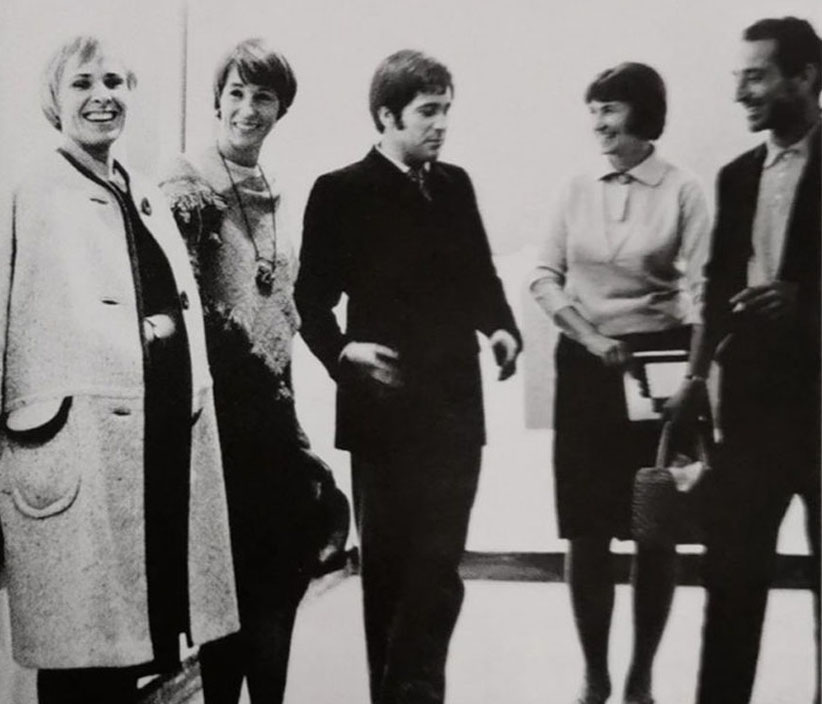
Mira Brtka (first from the left), Milena Čubraković (forth from the left)
Trento, Italy, 1967.
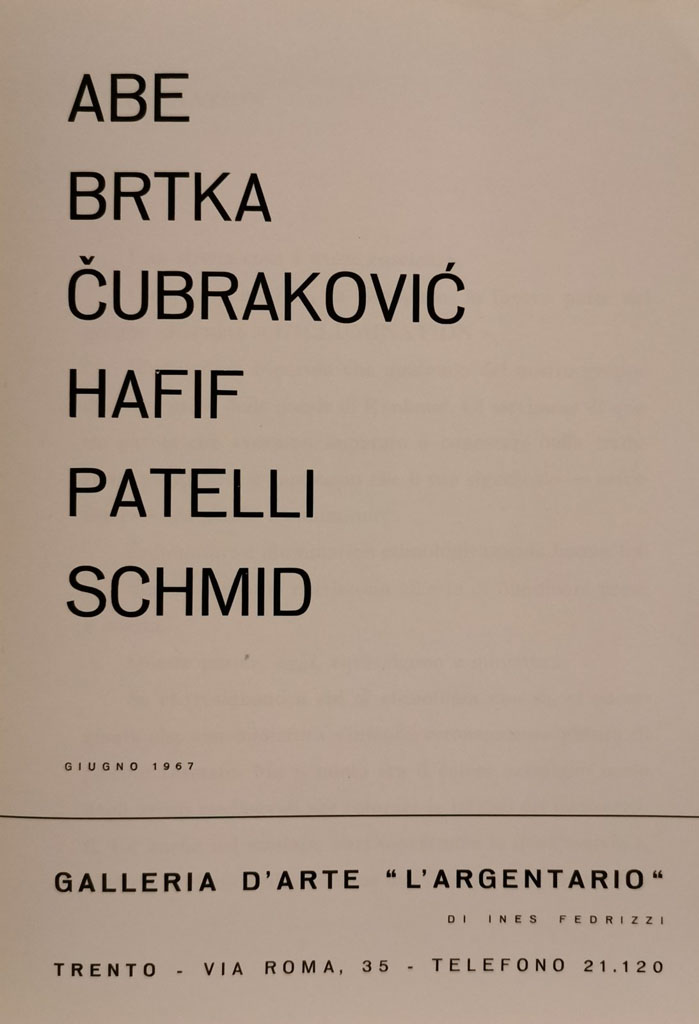
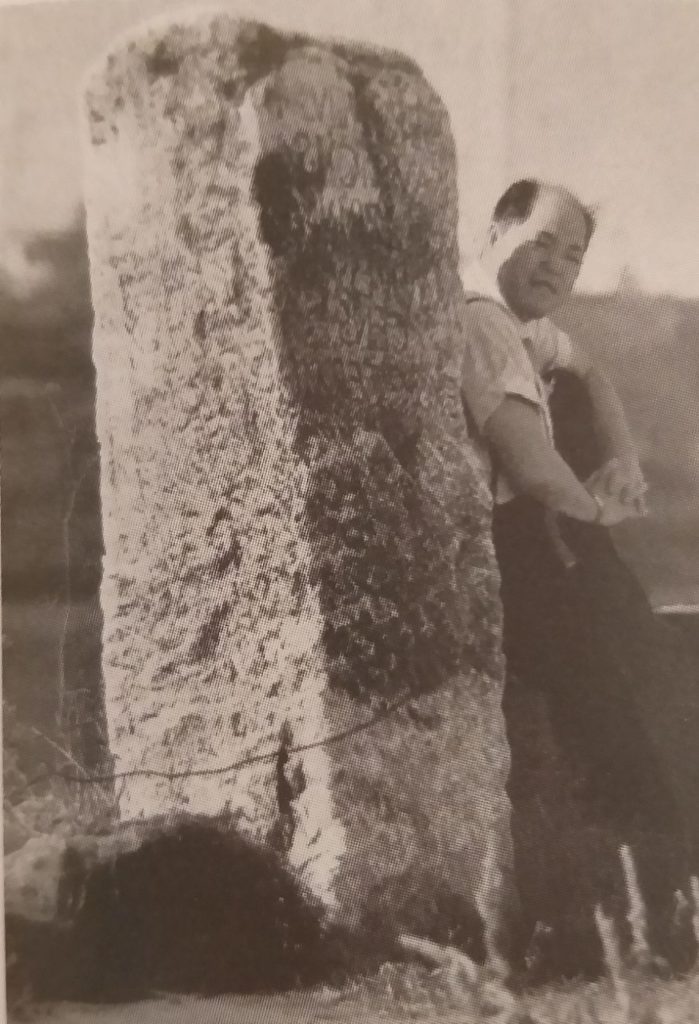
View and download “Illumination”catalogue from here
